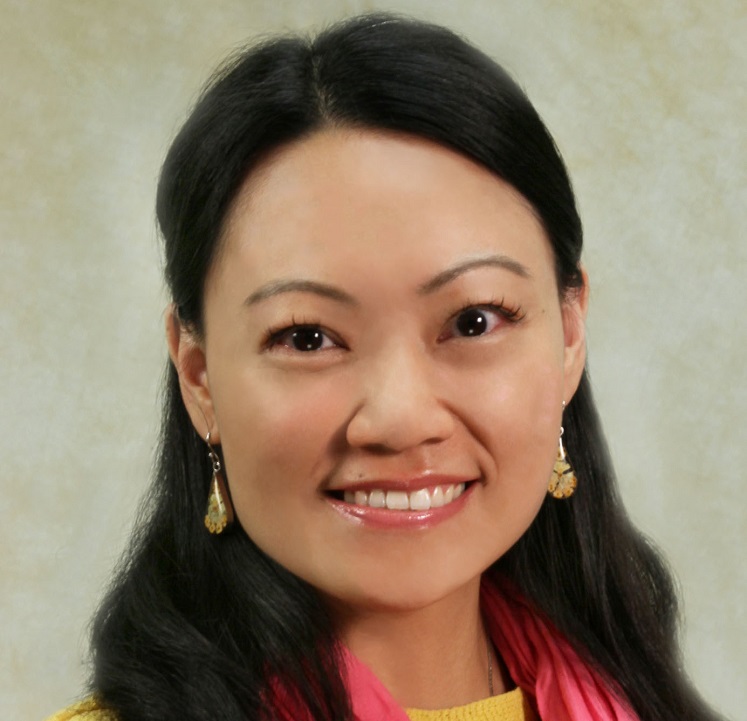Bioengineering and Tissue Engineering for Neuroscience – BTEN

The Bioengineering and Tissue Engineering for Neuroscience (BTEN) study section reviews applications to develop and utilize bioengineering, materials as well as tissue engineering for studying the development, structure, function, or pathology of the nervous system. Proposals need not be hypothesis driven if the emphasis is on technique development.
Review Dates
Topics
- Brain-computer interfaces and neuroprosthetics, including retinal prosthetics: hardware; signal processing, biofeedback.
- In vitro culture systems and tissue models of neuronal and non-neuronal cells: microfluidics-based, MEMS-based, high-throughput compound screening platforms, two and three-dimensional substrates, iPSC-derived brain organoids.
- Fostering injured nerve regrowth: artificial nerve grafts, engineered matrices, scaffolds, stem cells.
- Biochemical microdialysis, sensors and nanoprobes development: design and performance optimization, tissue response and biocompatibility analysis.
- Therapeutic formulations and drug delivery strategies for treatment of neurological and ocular disorders.
- Development of multi-electrode arrays and electrodes for deep-brain stimulation (DBS) and peripheral stimulation.
- Invasive methods of experimental and therapeutic brain and nerve stimulation: electrical, optogenetic and other approaches.
- Localization and monitoring of neural activity/epileptic seizure foci using invasive methods: implanted electrodes, EcoG.
Shared Interests and Overlaps
There are shared interests in bioengineering including biomaterials fabrication and optimization, tissue engineering, biomimetic culture systems, surface patterning and manipulation, implant biocompatibility, biosensors, MEMS and/or microfluidic devices, drug delivery systems with Biomaterials and Biointerfaces (BMBI). Applications that emphasize these areas working with neuroprosthetics, neural or ocular cells/tissues or in the contexts of nervous system function/repair are reviewed in BTEN. Applications that emphasize other tissue types are reviewed in BMBI.
There are shared interests in engineering of cellular and tissue constructs/scaffolds, stem cell-based regeneration, implantable devices for drug delivery and nanotherapeutics, biosensors, MEMS devices, microarray with Bioengineering, Technology, and Surgical Sciences (BTSS). Applications that emphasize working with neural or ocular cells/tissues or in the contexts of nervous or visual system function/repair are reviewed in BTEN in addition to applications that focus on neurosurgical robotics, neurovascular fluid dynamics, and brain aneurysm or hydrocephalic stent design. Applications that emphasize utilize other (non-neuro) tissue types are reviewed in BTSS.
There are shared interests in MEMS and/or microfluidic devices, microdialysis technology, biosensors with Instrumentation and Systems Development (ISD). Applications that emphasize working with neural cells/tissues or in the contexts of nervous system function/repair are reviewed in BTEN. Applications that emphasize non-neural tissues are reviewed in ISD.
There are shared interests in brain recording and stimulation in experimental and clinical contexts, e.g., monitoring and modulation of epileptic seizures with Neuromodulation and Imaging of Neuronal Circuits (NINC). Applications that emphasize invasive recording/stimulation modalities are used are reviewed in BTEN. Applications that emphasize noninvasive (e.g., EEG, transcranial magnetic stimulation, ultrasound, etc.) recording/stimulation modalities are reviewed in NINC.
There are shared interests in drug delivery platforms or devices for ocular disorders and vision technology with Imaging and Bioengineering Technology for Visual Systems (IBV). Applications that emphasize development of drug delivery platforms or devices using in vitro, in vivo, or ex vivo models for ocular disorders and vision technology are appropriate for review in IBV. Applications that emphasize low vision assessment and rehabilitation, except for retinal prosthetics are reviewed in IBV.
There are shared interests in epilepsy with Brain Injury and Neurovascular Disorders (BIND). Applications that emphasize the localization and monitoring of neural activity/epileptic seizure foci using invasive methods: implanted electrodes and ECoG are reviewed in BTEN. Applications that emphasize evaluating the efficacy of neurological outcome measures are reviewed in BIND.

